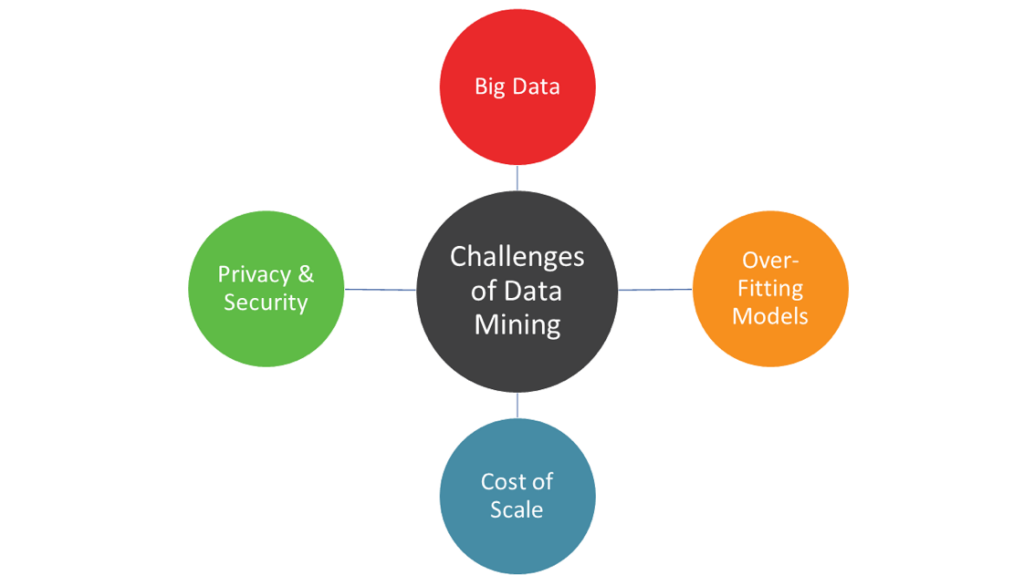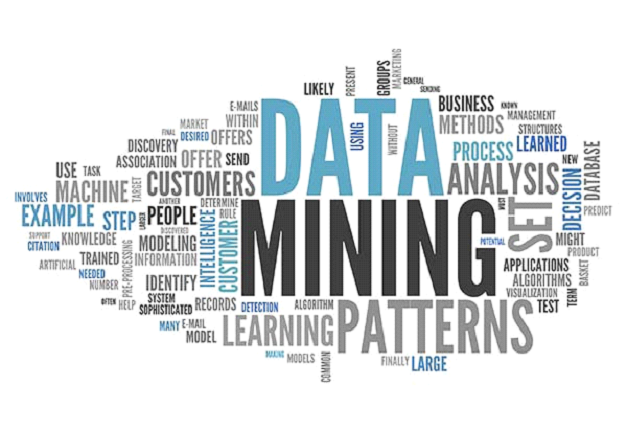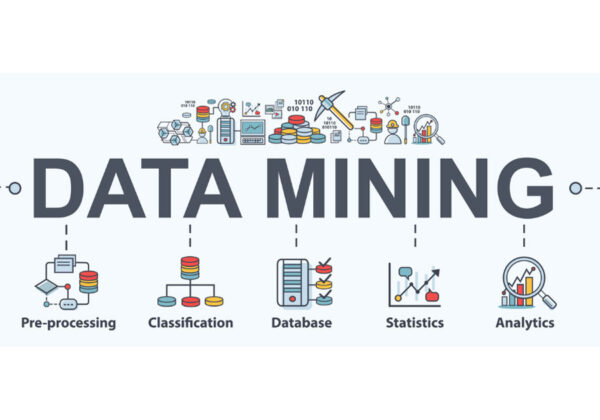Data mining is not very easy to understand and implement. Clearly, data mining is a process that is vital to all kinds of researchers and businesses. But in data mining, the algorithms are very complex, and besides that, the data is not readily available in one place. Every technology has flaws or problems. But one needs to always be aware of various flaws or problems with the technology.
This paper discusses in detail the problems commonly faced by data mining.
Table of Contents
Data Mining Issues

Data mining systems face a lot of data mining challenges and issues in today’s world some of them are:
- Mining methodology and user interaction issues
- Performance issues
- Issues relating to the diversity of database types
1. Mining methodology and user interaction issues:
Mining different types of knowledge in the database:
Different users – different knowledge – different ways. This means that different customers need different types of information, so it is difficult to cover the large amount of data that can meet customer needs.
Interactive mining of multi-level abstract knowledge:
Interactive mining allows users to intensively search for patterns from different perspectives. The data mining process should be interactive because it is difficult to know what to find in the database.
the integration of background knowledge:
Background knowledge is used to guide the discovery process and to express discovered patterns.
Query language and special mining:
Relational query languages such as SQL allow users to ask special queries for data retrieval. The data mining query language should exactly match the query language of the data warehouse.
Handling noisy or incomplete data:
In large databases, many attribute values are incorrect. This could be due to human error or any instrument malfunction. Data cleaning methods and data analysis methods are used to deal with noisy data.
2. Performance issues
Efficiency and scalability of data mining algorithms:
In order to effectively extract information from a large amount of data in the database, data mining algorithms must be efficient and scalable.
Parallel, distributed, and incremental mining algorithms:
The enormous size of many databases, the wide distribution of data, and the complexity of some data mining methods are factors driving the development of parallel and distributed data mining algorithms. This algorithm divides data into multiple partitions and processes them in parallel.
3. Issues relating to the diversity of database types:
Handling relational and complex types of data:
Databases and data warehouses store a variety of data. It is impossible for a system to mine all these types of data. Therefore, different data mining systems should be explained for different types of data.
Mining information from heterogeneous databases and global information systems:
As data is obtained from different data sources on Local Area Network (LAN) and Wide Area Network (WAN). Discovering knowledge from different structured resources is a big challenge in data mining.
Major Challenges In Data Mining

Some of the Data mining challenges are given as under:
1. Security and Social Challenges
Dynamic technology is achieved through the sharing of data classification and therefore requires impressive security. Collect private and sensitive information about people to gain access to client profiles, and client standards of conduct, understand illegal access to information and turn secret ideas of information into major issues.
2. Noise and incomplete data
Data mining is a method of obtaining information from massive data. Current real-world information is noisy, incomplete, and heterogeneous. Large amounts of data are often unreliable or inaccurate. These problems can be due to human error, or faulty or faulty instruments that measure the data.
3. Distributed data
Under distributed processing conditions, real data is usually stored in various stages. It’s likely to be on the internet, a single system, or even a database. Mainly for technical and organizational reasons, it is difficult to keep all data in a unified data archive.
4. Complex data
The real data is indeed heterogeneous, most likely media data, including natural language text, time series, spatial data, temporal data, complex data, audio or video, images, etc. It is difficult to process these different types of data and focus on the necessary information. Often, new devices and systems need to be created to separate important information.
5. Performance
The representation of a data mining framework basically depends on the productivity of the techniques and algorithms used. It is possible that the planned techniques and algorithms are insufficient; at this point, it will adversely affect the representation of data mining measures.
6. Scalability and efficiency of the algorithm
Data mining algorithms should be scalable and efficient to extract information from large amounts of data in datasets.
7. Improvement of mining algorithm
Factors such as the difficulty of data mining methods, the enormous size of the database, and the overall data flow motivate the distribution and creation of parallel data mining algorithms.
8. Incorporation of Background Knowledge
If background knowledge can be integrated, more accurate and reliable data mining arrangements can be found. Predictive tasks can make more accurate predictions, while descriptive tasks can lead to more useful results. Still, gathering and including the basics is an unpredictable cycle.
9. Data visualization
Data visualization is an important cycle in data mining because it is the most important interaction, showing the output to the client in a respectful way. The extracted information should convey the specific meaning of the information it is really intended to convey. Often, however, it is difficult to provide information to end users in a precise and straightforward manner. Outputting information and inputting data are very effective, successful, and sophisticated methods of data perception and should be applied to be productive.
10. Data Privacy and Security
Data mining often raises significant questions about governance, privacy, and data security. For example, when a retailer investigates purchase details, it discloses information about a customer’s purchasing propensity and choices without the customer’s authorization.
11. User Interface
Knowledge determined with data mining equipment is valuable only if the client finds it interesting or more plausible. From a well-representative transformation of the data, mining results can be facilitated to better understand their preconditions. To gain better perception, many explorations have been made to manipulate and display huge datasets of mined knowledge.
12. Mining depends on extraction level
Data mining measures should be community-oriented as it allows clients to focus on example optimization, presentation, and pattern discovery for data mining based on the returned results.
13. Background knowledge integration
Previous information can be used to communicate examples to express discovered patterns and guide the exploration process.
14. Mining method challenges
These difficulties are identified through data mining methods and their limitations. The mining methods that lead to this problem include the control and processing of noise in the data, the dimensionality of the domain, the variety of available data, the versatility of mining methods, and so on.
Conclusion
Despite the above-identified problems, there are more difficulties in data mining. With the beginning of real data mining measures, more difficulties are discovered, and the achievement of data mining lies in overcoming all these difficulties.




